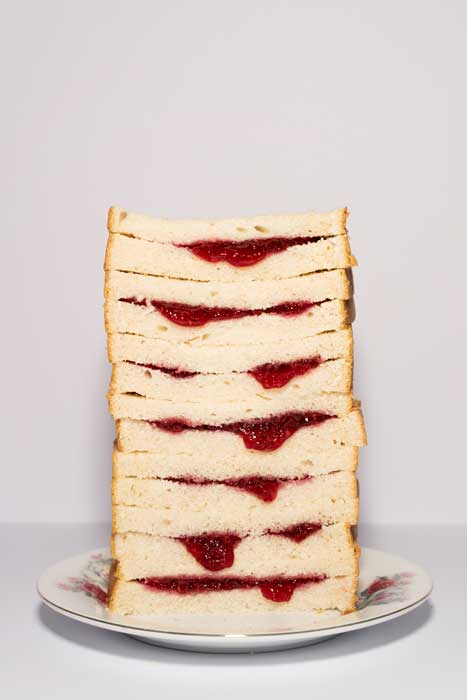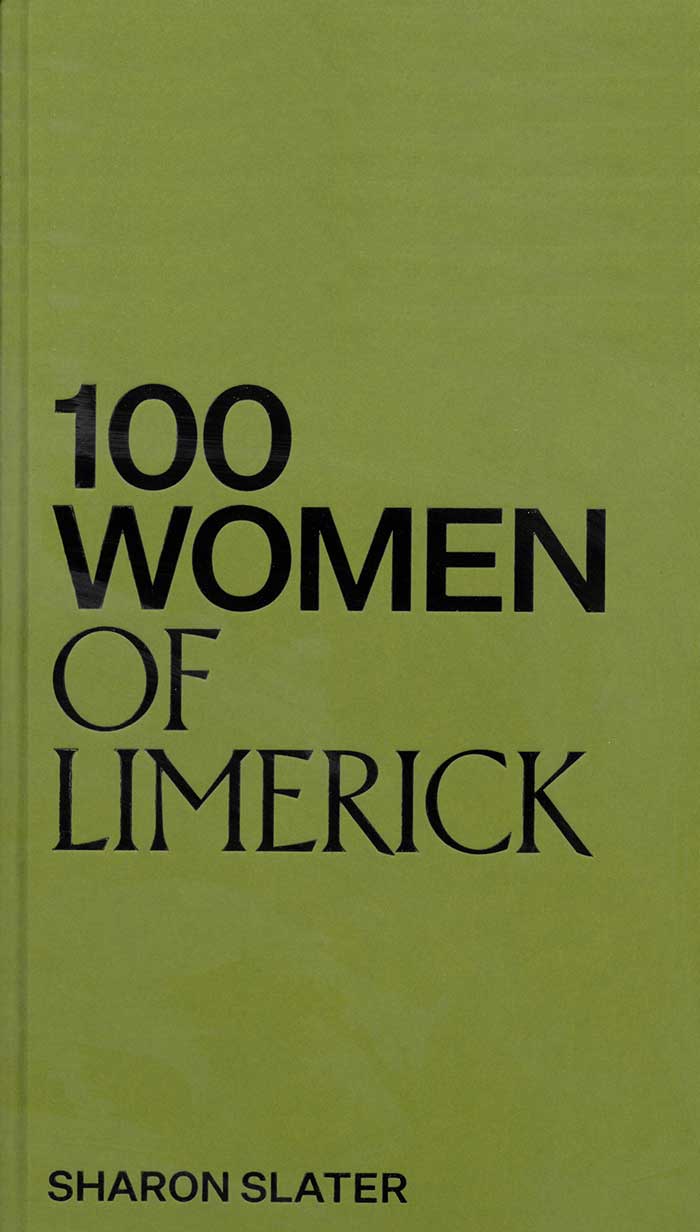
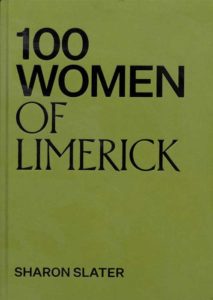 Sharon Slater
Sharon Slater
Ormston House, 2022
pp 274 illustrated h/b
€40 ISBN: 978-1-99995-138-2
Tracy McAvinue
To state that women have long been relegated to the footnotes of history is certainly no revelation. Anne Enright once described Maeve Brennan’s absence from literary history as ‘a casualty of old wars not yet won’. This notion of battles still very much being waged carries through to all areas of women’s historical representation. This is precisely what is being addressed in Sharon Slater’s auspicious publication, 100 Women of Limerick, as it engages in a simultaneous recovery and veneration of Limerick women’s broad social impact.
Across these 274 pages, women are reinserted into the social, political and cultural fabric of Limerick. This book reacquaints us with the many outstanding stories, contributions and achievements of Limerick women across the arts, education, sports, science, politics and activism. The criterion for inclusion is that the women were born or lived for a time in Limerick city or county. Each section opens with an introduction that offers a general account of that field and a space for mention of other notable women that did not make the book but have well-known connections to Limerick, such as Ruth Negga, Vicky Phelan, Lola Montez and Hanna Sheehy-Skeffington.
An example of the beautiful intention of this work is the poignant commemoration of world university bronze medallist Ailish Sheehan, who died tragically in 2016 aged just 23.
Slater’s mission is that no woman should remain unnamed, nor her contribution unacknowledged, and this book certainly makes a sizable dent on the reclamation task at hand. Rigorously researched, it catalogues Limerick’s women from as early as the 5th century through to 2021 and its pages are utterly brimming with the intriguing stories of their lives. An example of the beautiful intention of this work is the poignant commemoration of world university bronze medallist Ailish Sheehan, who died tragically in 2016 aged just 23. Some women are well-known Limerick natives, such as Kathleen Clarke, Kate O’Brien and Dolores O’Riordan, while many others are to be newly discovered. Limerick locals will no doubt be enthused to find the familiar face of Dodo Reddan – with her ‘Rolls Royce’ pram toting numerous rescue dogs – taking pride of place amongst the eight philanthropists in the collection. Limerick women’s contribution to the Irish nationalist and suffragette movements are nicely established, and the section on crime yields some compelling stories, such as Penelope Kenny’s experience of pregnancy out of wedlock as an emigrant servant in the United States in the 18th century, or Frances Ingoldsby and the troubling tradition of the ‘abduction wedding’.
The ‘Women in Art’ section delivers an absorbing account of the importance of women to the legacy of art in Limerick. Cahermoyle, Co Limerick is cited as something of an epicentre for talented women artists, producing the wonderful Nelly O’Brien and her niece Brigid Ganly. This section finds you pining for images of their work, but that is rather the essence of this book: it provides just enough detail to encourage you to delve more deeply and will undoubtedly be the genesis of a plethora of future research projects.
100 Women of Limerick puts Limerick’s rich history and heritage on the national and international map, but what makes it especially revelatory is that it does so by championing the contributions of the Treaty County’s legions of exceptional women.
Tracy McAvinue is a is a doctoral graduate in English Literature from the University of Limerick.
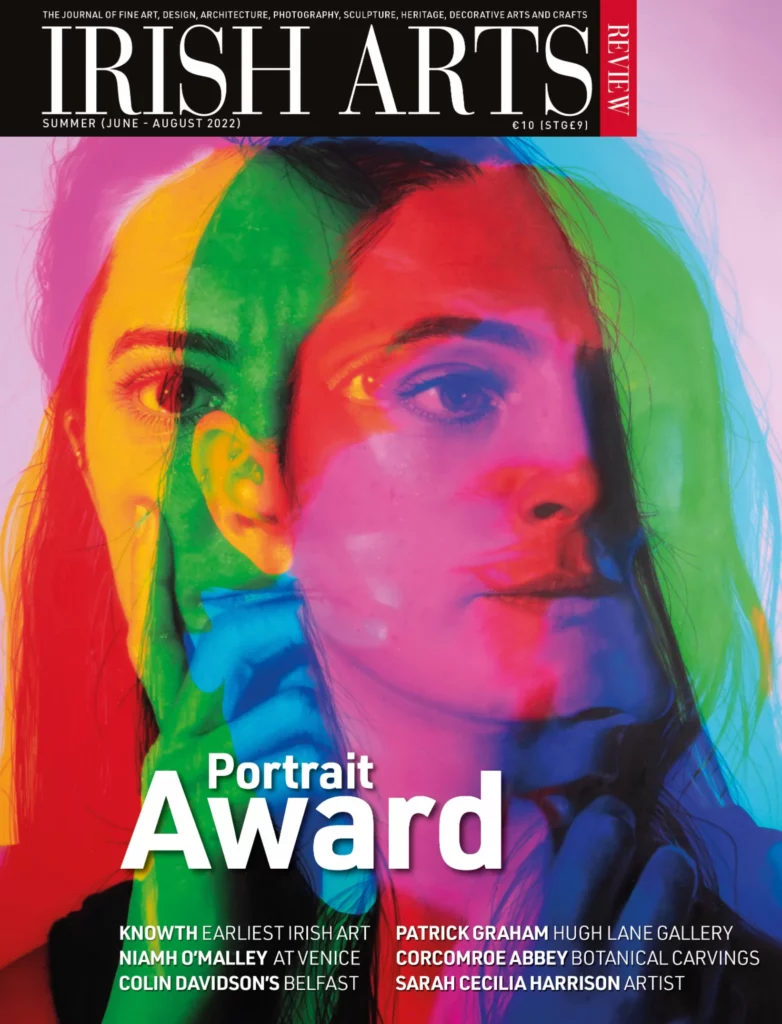
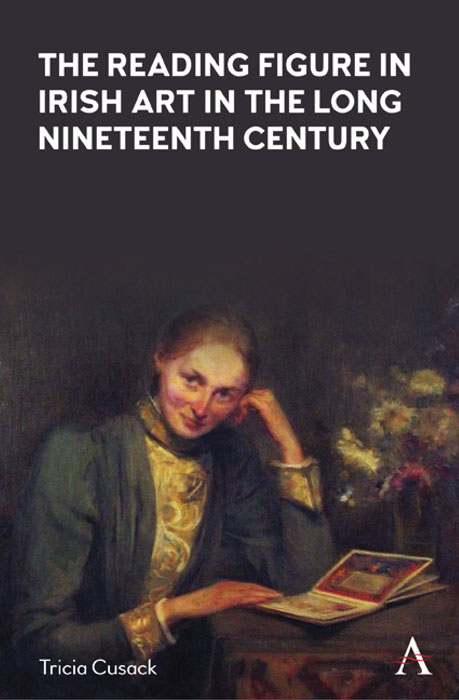
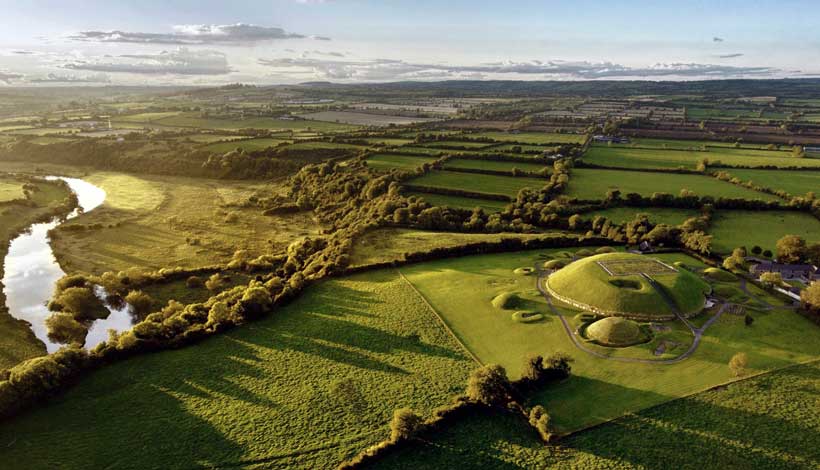
Unravelling the sequence of carving on the stones has been challenging but has been helped by the fact that there are so many examples to study, writes Elizabeth Shee Twohig
